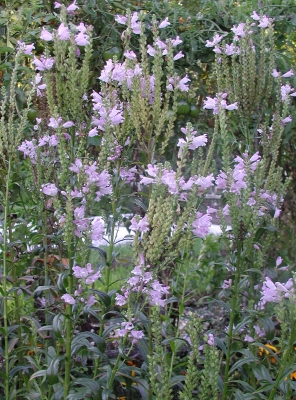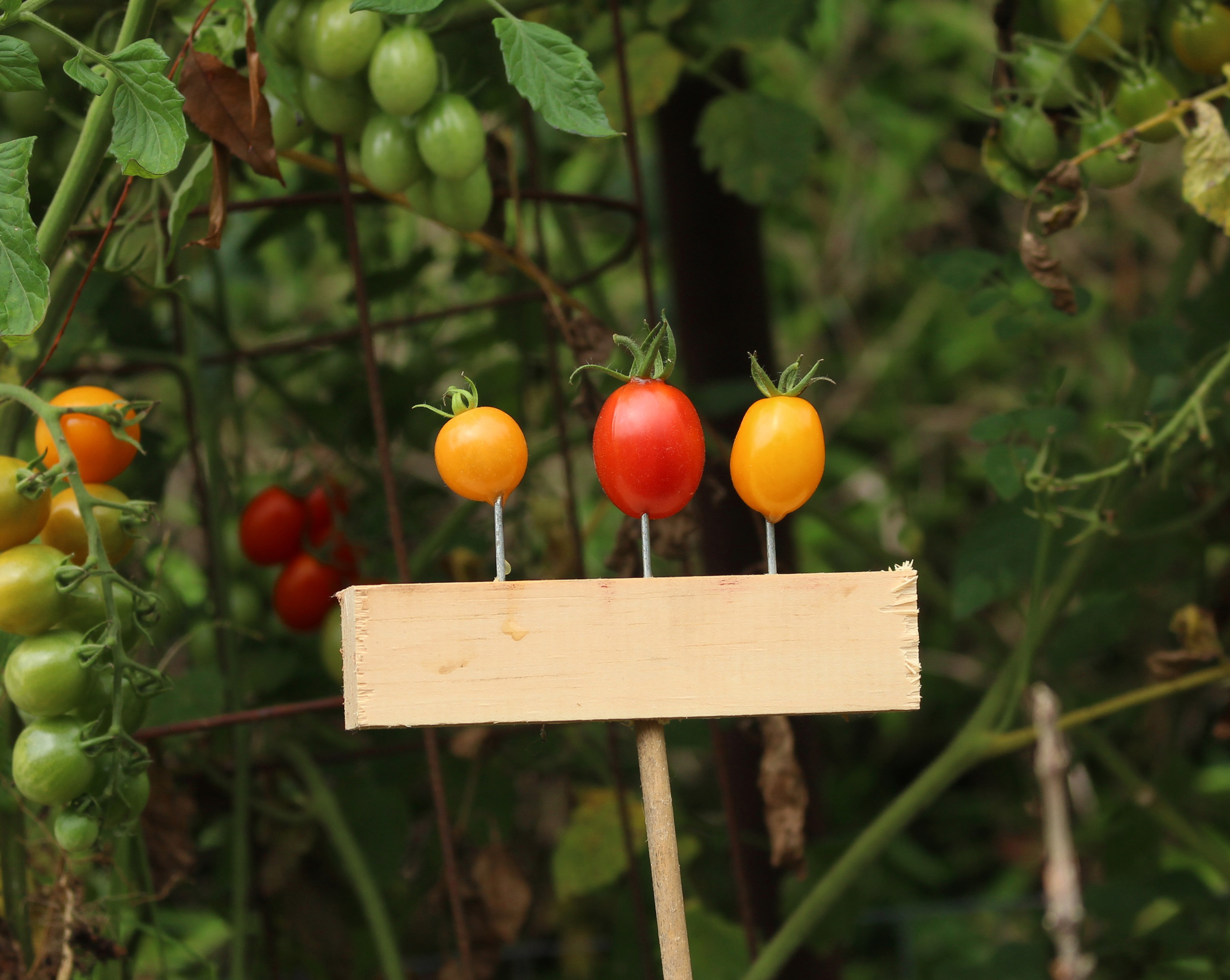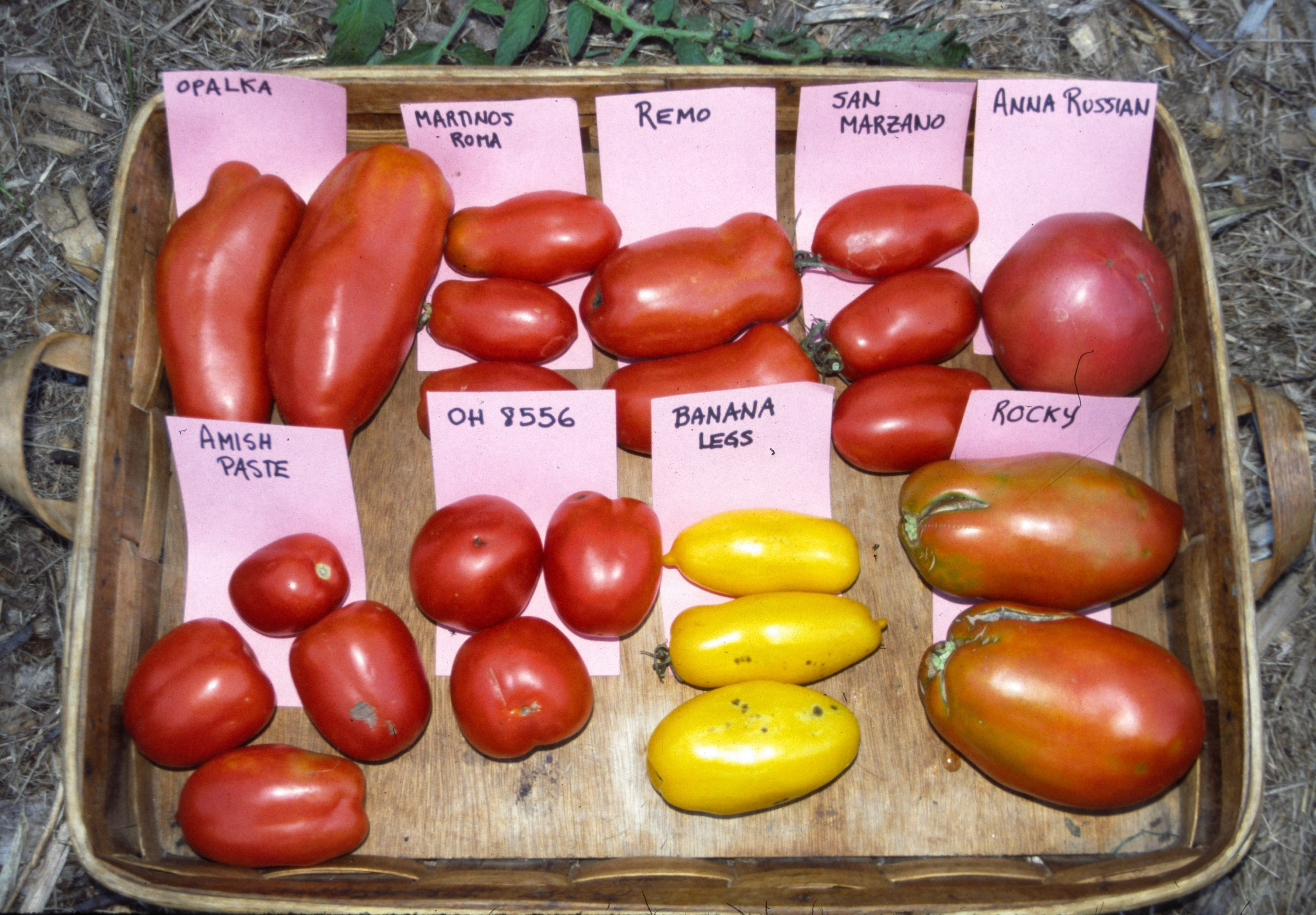PLANTS FOR TEENS
Do This! Do That!
The teenage years are turbulent times. Yet there are a couple of plants that could soothe the teen spirit, whether said teenager is a gardener or not.
Newfound independence makes a teenager soon tire of being told to “do this” or “do that.” Letting a teenager dish out some of this himself or herself might assuage some of the bother in hearing it. And the plant for this job is obedience plant, a plant that gets it’s name for how well the flowers obey. Botanically, the plant is Physostegia virginiana, but it also parades under the common name “false dragonhead”. Hmmmm.
At any rate, point the plant in whatever direction desired — to have them all flowers face outwards in a vase, for example — and theyill stay put.
Even we parents of teenagers can enjoy obedience plant, not because it obeys without an upward roll of its eyes or murmuring, but because it’s a pretty plant, obedient or not.  Its flowering wands rise three or four feet high, each closely studded along its top portion with tubular, lipped blossoms that are lavender pink with darker speckles.
Its flowering wands rise three or four feet high, each closely studded along its top portion with tubular, lipped blossoms that are lavender pink with darker speckles.
Some varieties have instead white or deep rose flowers, dwarf stature, or leaves that are speckled white and green. The plant makes a pleasing contrast in form to neighboring phloxes or tall asters in similar color shades.
Obedience plant is a hardy, native perennial eager to spread via its running roots. The plant is not especially hard to discipline, though, so will not frustrate a teenager. New stems with attached roots readily come free if given a sharp yank when the soil is moist in spring or fall.
And if parent or child needs more obedience, poking these severed parts into new ground will have them quickly taking hold.
Obedient plant isn’t finicky about soil but does like sun.
Sensitivity
The other plant that I have in mind for a teenager is meant to give said teenager some appreciation for what it’s like to deal with one. Growth, surging hormones, and new skills all contribute to making the teenage years a time of heightened sensitivity. Anything more than a “good morning” could — just could — spark a torrent of emotion.
Enter, now, from stage left, the appropriately named sensitive plant (Mimosa pudica), a plant that gets its name from the way its leaflets rapidly collapse along their midribs at the slightest touch. The response travels rapidly through the plant — as fast as 2 feet per second — in a wave of motion after one leaf is touched. Not to fret, though, because the plant soon returns to its former self.
Sensitive plant is an annual that grows easily and quickly from seed. The flowers, looking like small, pink bottlebrushes, are somewhat attractive. The plant itself, like a sensitive teenager, is awkwardly branching, hairy, and prickly, but lovable and fun nonetheless.
You might wonder what benefit this “fainting” mechanism could be to a sensitive plant. It could be a way of fending off predators. A hungry insect might be startled and frightened away by the plant’s rapid collapse. A hungry mammal might be turned off at the unappetizing appearance of the apparently bare stems following one bite. Either way, the plant wants to be left alone. Is there a lesson here for parents?
Obedience plant also might offer us a lesson. My plant never obeyed — in fact, it snapped — until I learned not to bend the whole flower stalk at once, but to work with each flower individually.




Leave a Reply
Want to join the discussion?Feel free to contribute!